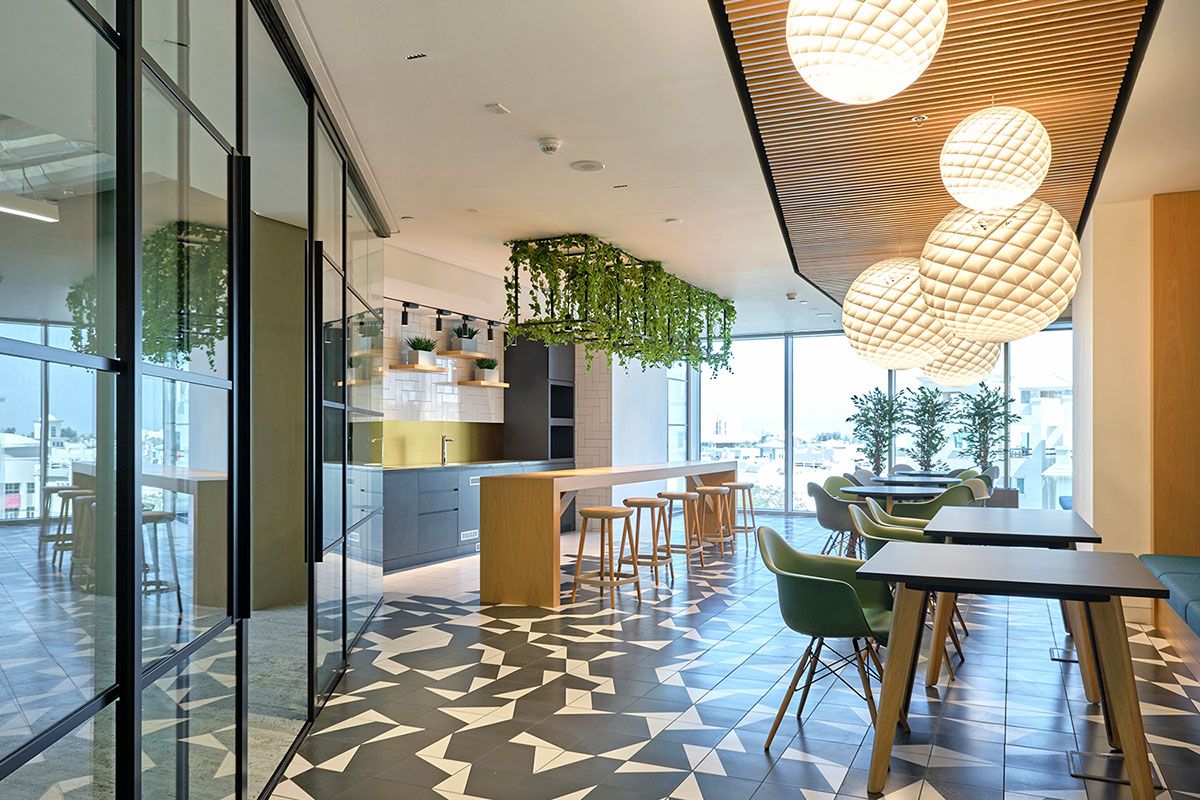Green buildings, grey people
As nations the world over aim for net zero, impassioned clients, designers and contractors are slowly moving the construction industry towards a more sustainable future, one where buildings become more and more green.




As nations the world over aim for net zero, impassioned clients, designers and contractors are slowly moving the construction industry towards a more sustainable future, one where buildings become more and more green. But what use are green buildings if occupied by polluting grey people? What can green buildings do to encourage sustainable low carbon lifestyles in their users? To understand where the most positive impacts can be made, we need to understand the average annual carbon footprint: 13.7 tonnes per person each year according to a recent World Wildlife Fund (WWF) UK survey. This is composed of travel (at around 30%), use of fossil fuels for heat and light (around 22%) and diet, including meat and dairy consumption and food miles. First and foremost, we need to build in the right place. The aim is to create towns and cities that are networks of connected places with accommodation clustered around transport hubs. Mixed-use utopias that we not only want to work in but live in too.
Places planned around the principles of the ‘15-minute community’; linked by pedestrian-friendly and leafy environments that make car use both unnecessary and unappealing. “I’d rather walk thanks.” Conversely, we need to not build in areas that will generate new car journeys; one of many reasons not to build on the green belt or create sprawling low-density developments. Building facilities should support sustainable travel choices: secure e-bike storage, lockers, showers and drying space, electric vehicle charging, and dedicated car share spaces. Such facilities influence the carbon footprint of building users outside of nine-to-five.
Be overtly sustainable.
New buildings now use low carbon technologies such as heat exchangers and photovoltaic arrays. We need to celebrate these technologies, make them visible, and proudly share information with the building occupants about the energy being produced and the carbon saved. Anything done to normalise these technologies in the public consciousness can only help to steer the decisions people make about how to heat and light their own homes.

Local produce.
It may not be obvious that buildings can encourage low carbon diets, but BDP projects are making positive steps. Kitchen gardens in hospitals and schools, and our concept and branding of Dublin’s Wren Hotel as the most sustainable hotel in Ireland (embraced by the client who now proudly supports local food producers and has even started producing a hotel honey). Creating the opportunity to grow food, perhaps on a rooftop or courtyard, is a good place to start and can enhance occupant wellbeing too. With allotment gardening proven to produce as much food per square metre as traditional farming the environmental benefits of local initiatives are clear.
Connecting people to landscape.
I’m convinced that those who feel an emotional connection to the natural landscapes of our planet are more inclined to look after them. It seems probable that empathy and understanding will result from visual and immersive connections with the very environments that we risk damaging. Buildings that integrate natural landscape into their design concepts can offer a constant reminder of what is important. This is less about the token living wall, and more about finding every opportunity to weave high quality green spaces into our built environments. Interestingly, the WWF survey showed that people who ate a plant-based diet had lower carbon footprints in other areas, such as travel. This indicates that those who think sustainably about the choices they make are likely to do so across many areas of their lifestyle. The optimist in me hopes that architects helping someone make one sustainable lifestyle choice, might ultimately create positive outcomes in other areas of their carbon footprint, and that is a very good thing for all of us.